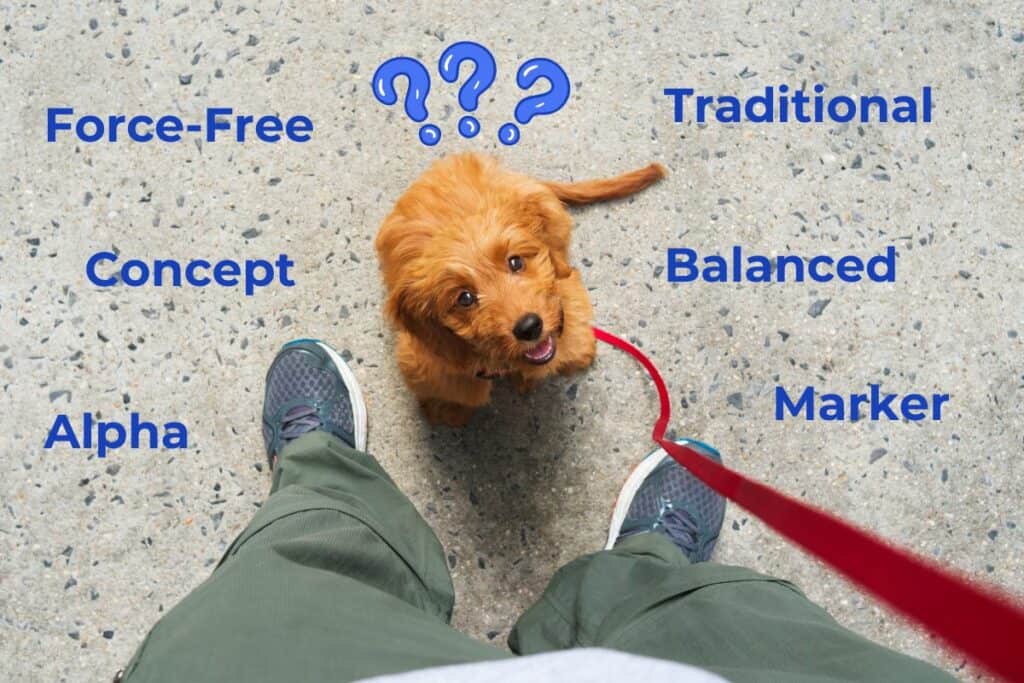Spring Canine - Questions
Not known Details About Spring Canine
Table of ContentsSome Known Incorrect Statements About Spring Canine Spring Canine Fundamentals ExplainedThe Basic Principles Of Spring Canine Spring Canine Things To Know Before You Get ThisThe 25-Second Trick For Spring Canine
Dogs in the wild real-time by the rules of the pack. These guidelines serve them well in that situation but we've asked them to live with us and our regulations have to now be followed.There are a couple of pet dog training essentials to consider. The objective of training is to have a courteous pet dog that is confident and relaxed.
Pets can start training as early as 3 months. Before that, their focus is unsatisfactory. Educating a pup can be a challenge initially but if you begin with basics such as "Sit!" and "Stay," your dog will certainly find out rapidly. Older dogs can certainly be trained and though they might be slower with the uptake, their calmer attitude makes training simpler. It is practical to supplement with books and videos, your pet dog ought to participate in at least a basic obedience class.
All About Spring Canine

This will unwind your dog and provide him confidence. As a teacher, be constant and establish a training regimen for you and your pet dog.
It's better to do two fifteen minute sessions each day than one half-hour session. The majority of obedience training techniques today utilize favorable support. Some use it solely while others integrate it with improvement. Picking a method depends on which technique you are most comfortable with, bearing in mind your pet's individuality.
A Biased View of Spring Canine
The fundamental commands are comparable among different training methods, one approach might be better for your dog than an additional. As an example, a timid Yorkie is much less most likely to respond well to a corrective technique while a bull-headed Pit Bull will most likely need a combo of favorable and restorative support. Leave the day's frustrations out of the session. Image Credit scores: 825545, Unsplash The modern-day version of traditional training actually began with Barbara Woodhouse in the 1950s. This approach uses physical improvements to educate a dog. As an example, if you tell your canine to rest and he stays standing, you may provide a mild jerk on his collar or choke chain while pushing down his rump.
This technique is thought about to be obsoleted by numerous contemporary fitness instructors but you'll discover that some pets (like that bull-headed Pit Bull) might reply to this after stopping working with favorable support training. This is just one of the most prominent current kinds of dog training and was presented by Karen Pryor.

The Best Guide To Spring Canine
This is another positive reinforcement strategy but the reward is not the association with the remote control, however some type of reward. The reward can be a favorite toy, food, or anything he likes (other than the cat). When you provide the reward, you should applaud your canine in a high pitched encouraging voice.
For instance, a pet dog that is being hostile towards another pet can be fixed by using a clawed hand to his neck. This imitates what his mom would have carried out in the wild. This technique calls for some research study into the behavior of canines yet it can produce a very limited bond in between you.
You could also have an interest in learning more about the cognitive features of dogs. There are publications on the subject and Cognitive Pooch Centers around the country. This will assist you recognize how your pet dog assumes and will make training simpler. Keep in mind that one of the most important aspects are to be tranquil and regular and try to have some fun, as well! Included Picture Credit score: dimitrisvetsikas1969, Pixabay.
Some Known Details About Spring Canine
When bringing a new pet home, it could be overwhelming to consider training. https://www.tripadvisor.in/Profile/springcanine. There are a few various types of training methods to try, but which one is ideal for you and your pet dog? Here are just a few of the different sorts of canine training approaches: In favorable support training, the trainer awards the canine completely behavior
Fitness instructors will certainly then ignore negative actions or withhold deals with when a dog doesn't act well. * (Amazon Affiliate Link) to signal quickly when a canine has actually done something great. Foster Dog.